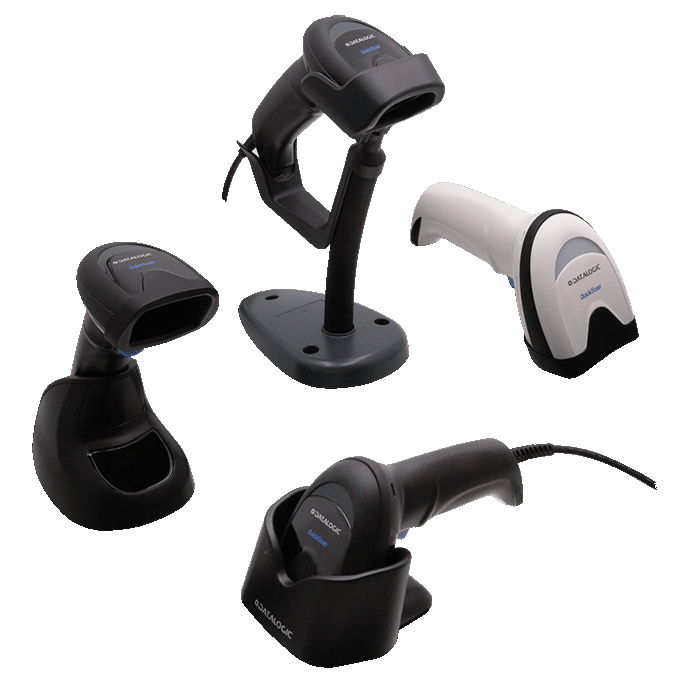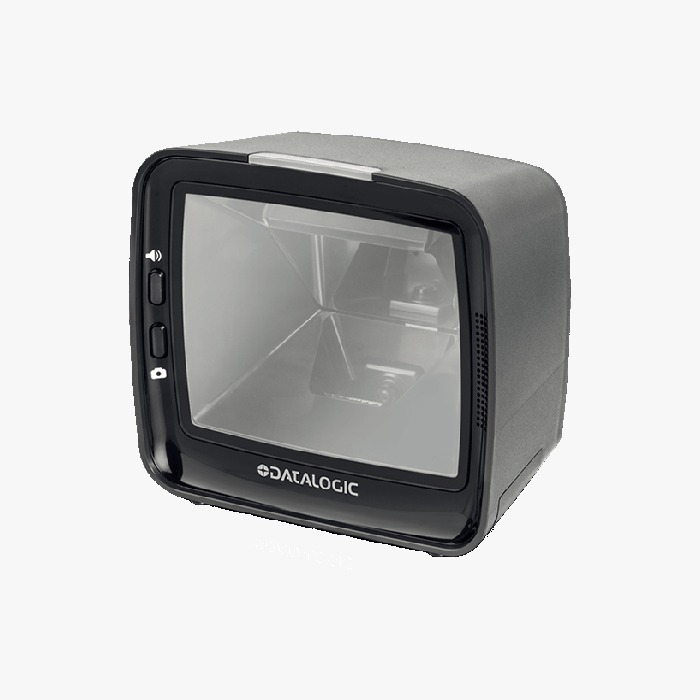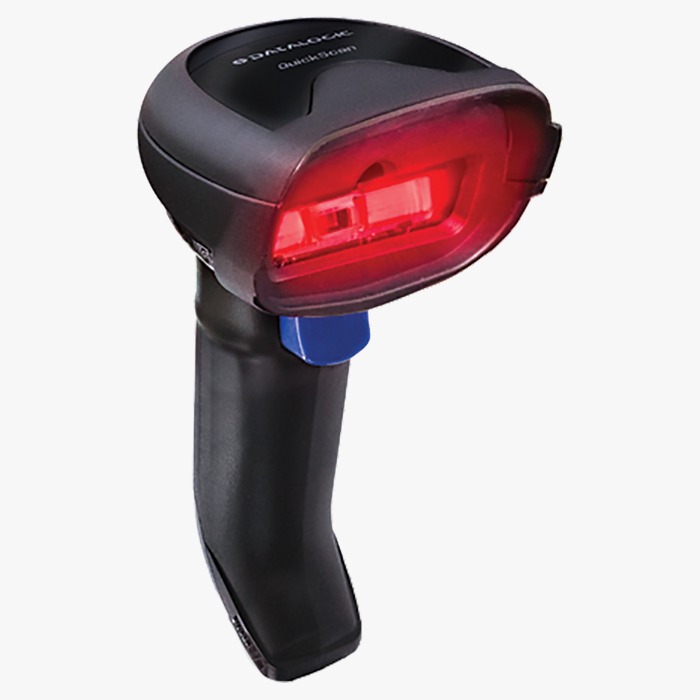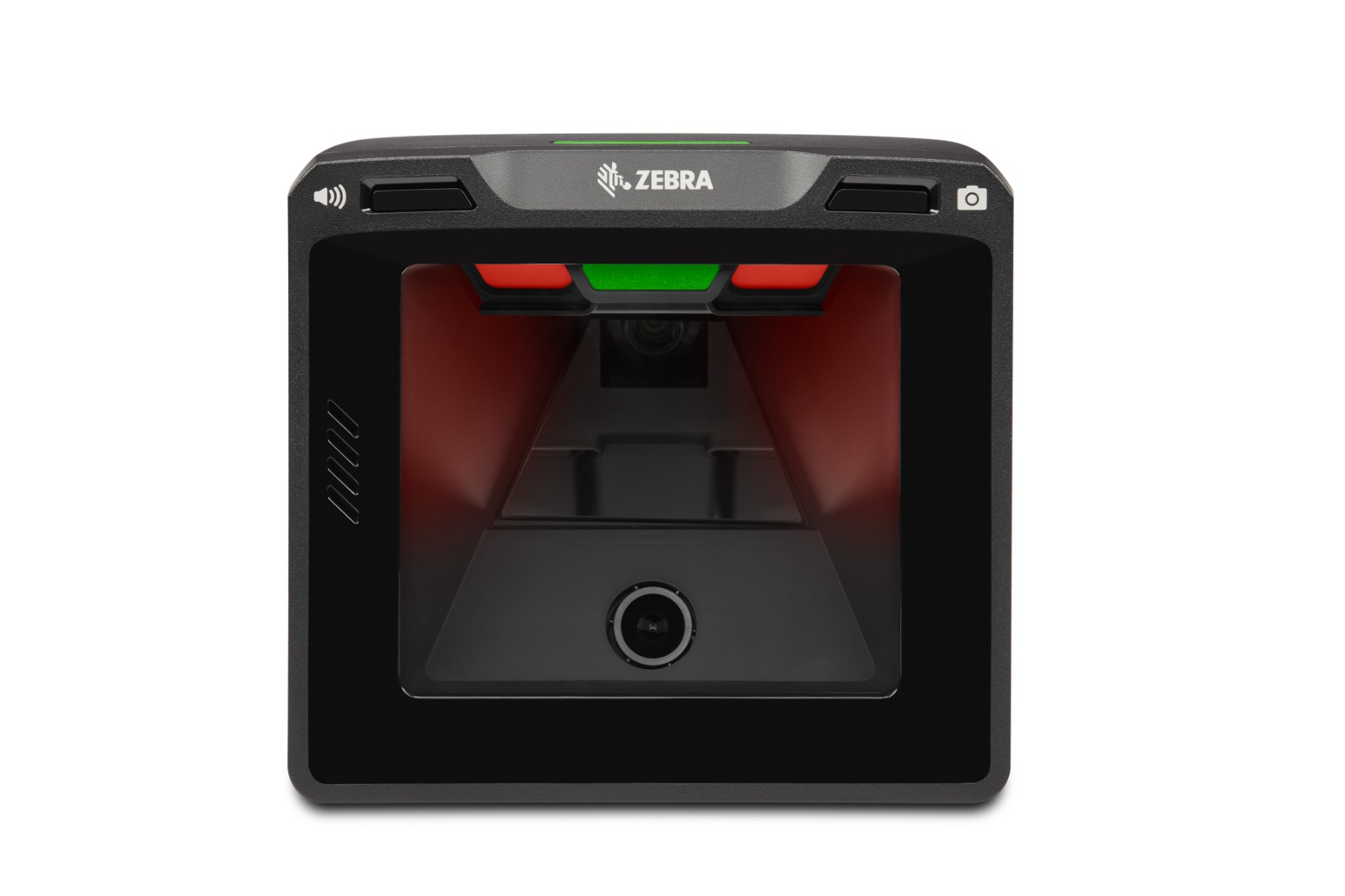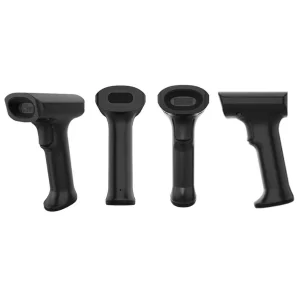A barcode scanner, also known as a barcode reader, is an optical device that reads printed barcodes and translates the data for computers. It uses a light source, lens, and light sensor to convert light into electrical signals, similar to a flatbed scanner.
Functionality
Barcode scanners read and decode barcodes, feeding data directly to computer systems. The light illuminates the barcode, the lens captures its image, and the sensor converts reflected light into electrical signals. These signals are then decoded for computer processing.
Types
There are various scanner types, each suited to specific needs:
- Handheld Scanners: Portable and ideal for retail/inventory management.
- Pen Scanners: Require swiping and are less common due to slower operation.
- Laser Scanners: Use laser beams for high accuracy and range.
- CCD Scanners: Use light sensors for short-range scanning.
- 2D Imagers: Capture images of 2D barcodes (QR codes, Data Matrix) and offer versatility.
Key Features
Barcode scanners offer several key features:
- Scanning Speed: Important for high-volume environments.
- Range: Important in industrial settings.
- Durability: Withstands drops and harsh conditions.
- Connectivity: USB, Bluetooth, Wi-Fi for easy integration.
- Compatibility: Reads different barcode formats (1D and 2D).
Benefits and Applications
Barcode scanners boost efficiency and accuracy across various settings:
- Retail: Speeds up checkout and inventory management.
- Logistics and Manufacturing: Tracks products and manages inventory.
- Healthcare: Improves patient care by ensuring accurate medication administration and patient identification.
Barcode scanners are essential tools for modern businesses, providing quick and accurate data capture to streamline processes.
FAQ
1 What is a barcode scanner and how does it work?
A barcode scanner is a device used to read and decode information stored in barcodes. It works by emitting light onto the barcode, capturing the reflected light, and interpreting the pattern to extract the encoded data.
2 What types of barcodes can a barcode scanner read?
Barcode scanners can read various types of barcodes, including one-dimensional (1D) barcodes like UPC and EAN, as well as two-dimensional (2D) barcodes such as QR codes and Data Matrix codes.
3 Is there a difference between 1D and 2D barcode scanners?
Yes, 1D barcode scanners can only read traditional linear barcodes, while 2D barcode scanners can read both 1D and 2D barcodes, offering greater versatility and data capacity.
4 Can a barcode scanner be integrated with existing systems or software?
Indeed, a lot of barcode scanners are made to interact with widely used software programmes and operating systems, making it possible to integrate them easily into current workflows and systems.
5 How does ArabScale support customers using their barcode scanners?
Customers utilising their barcode scanners can receive extensive technical support and help from ArabScale. ArabScale is dedicated to making sure that its clients have a seamless and effective experience, whether that is resolving problems, delivering setup assistance, or making product recommendations.

